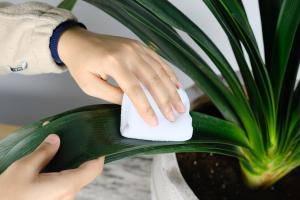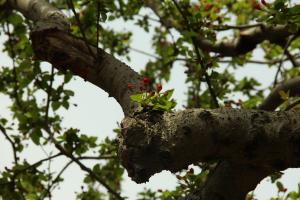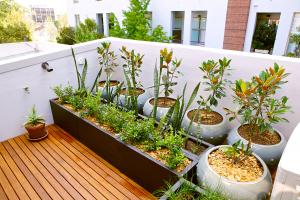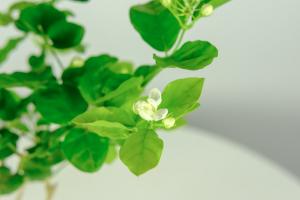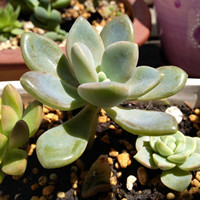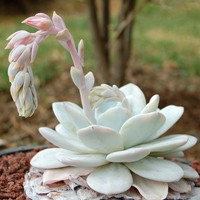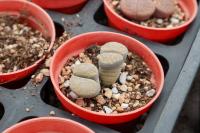1、 Pruning rotten roots
After finding the rotten roots of green pineapple, the first step is to prune it first. After taking the plant out of the basin, first wash the soil at the root with water, so as to better observe the root damage and wash away the bacteria or fertilizer in the soil. Cut off the rotten part of the root with sterilized scissors, and pay attention not to be injured by mistake. After cutting, it can be soaked into carbendazim, which can avoid wound infection
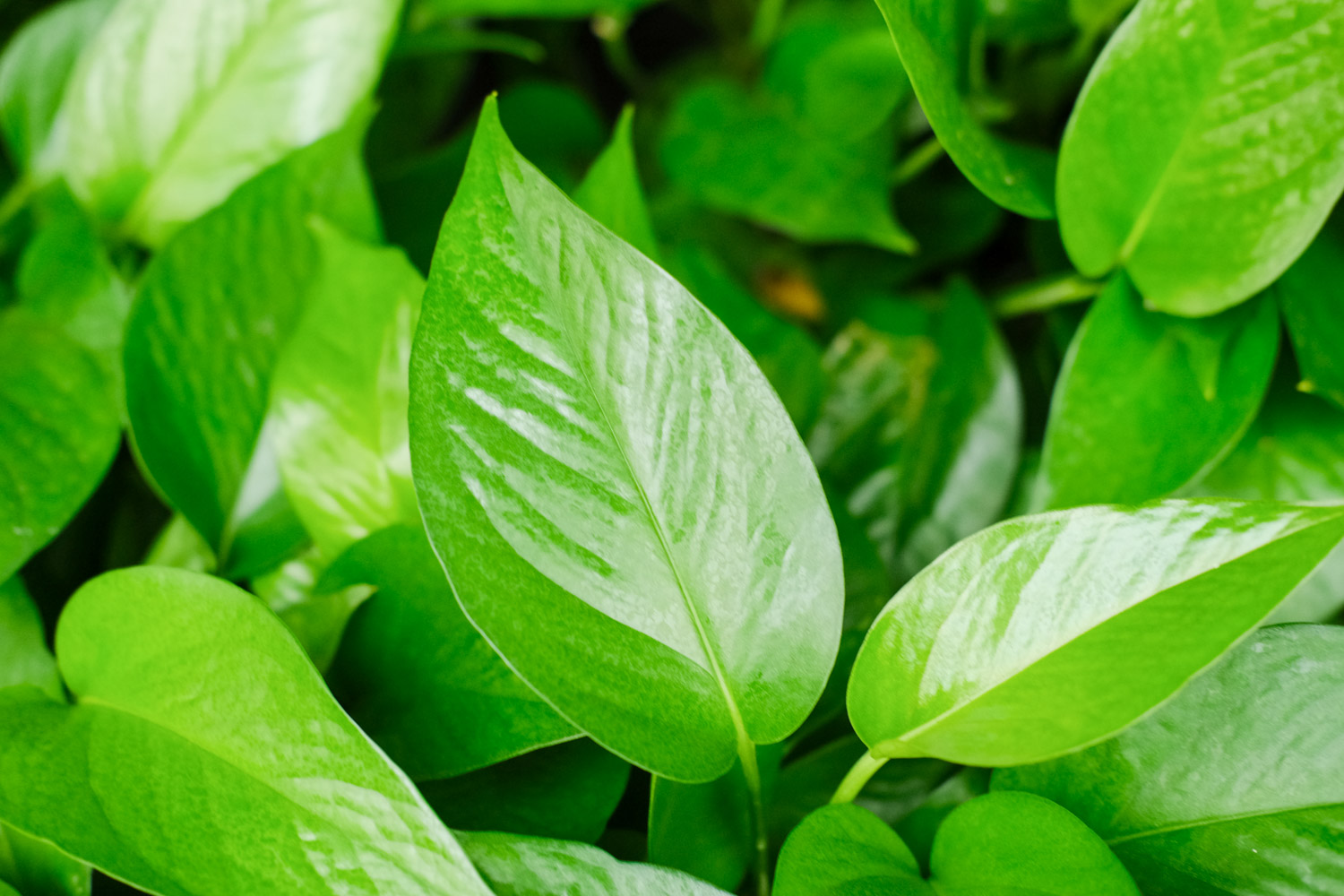
2、 Change basin and soil
After pruning rotten roots, it is necessary to change pots, soil and replant. Because the original basin soil may contain bacteria or other bad components, replace the new basin soil to reduce the possibility of rotten root recurrence. Do not add base fertilizer into the soil, because there is little absorption of water and fertilizer in winter, so it should be disinfected before use

3、 Raise the temperature
The rotten roots of green pineapple in winter are largely due to frostbite, so thermal insulation measures are very important. Generally, there is heating in the north. Plants can be placed indoors. If the temperature is not enough, a layer of clinker bag can be set to keep warm. But open it in a sunny place at noon every day to ensure light and ventilation

4、 Reducing water and stopping fertilizer
In winter, the nutrient consumption of green pineapple is small. Frequent fertilization leads to the concentration of accumulated fertilizer, which is a major reason for rotten roots. Too much water forms ponding, which makes the roots unable to breathe, or too cold water causes frostbite to the roots, which will also lead to rotten roots. Therefore, we should reduce water and fertilizer in winter and let the green pineapple sleep slowly

 What is the reason f...
What is the reason f... The "money tree...
The "money tree...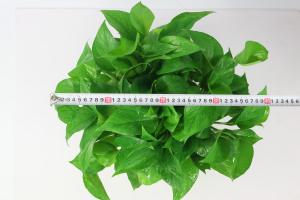 What is the reason f...
What is the reason f... Will the green pinea...
Will the green pinea... Why does Fuguizhu ha...
Why does Fuguizhu ha...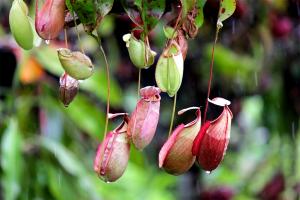 What about the rotte...
What about the rotte...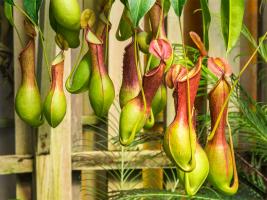 Characteristics of r...
Characteristics of r...